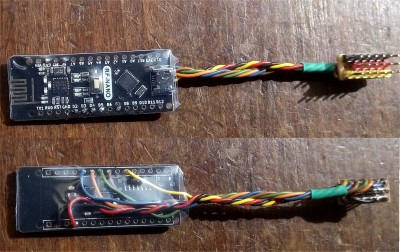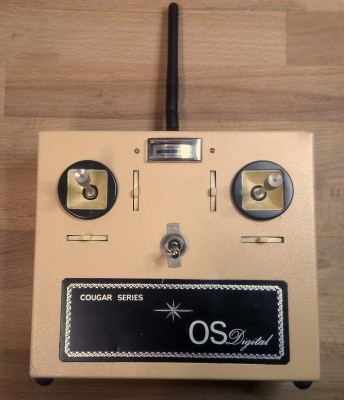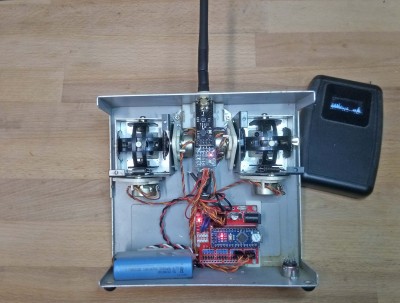Steady on chaps I can see you're all excited to go flying again.... soon

Its had a couple of days of every test I could think of, in as heavily-RF-saturated an environment as I could muster, no problems at all, power cycling, power cycling at range, deliberate introduction of a few 'wrong' RF channels individually, alternately and in groups - no problems. The only thing I've not done is an absolute full-power range test which with the high-power modules I expect will be fine, if so I'm happy to fly it

One suggestion - with the high power modules a good 3v3 supply is absolutely essential, so if anyone is buying these modules I would suggest buying the piggy-back adapter too.
Edit: The RF-Nano receivers are fine, they've a 16mhz processor and work perfectly but I need to make some changes to suit the 8mhz 3v3 promini receivers. All the 16mhz clock receivers work great, which is what I've been testing on. I'll try to get the 3v3 Prominis working too, but if not, using RF-Nanos is no hardship
 Update:
Edit: this update is out of date. I now use timer2 for the FHSS hopping, and the timer1 servo library works at 16 and 8mhz so this is no longer an issue. I left it here for the sake of 'the story'
Update:
Edit: this update is out of date. I now use timer2 for the FHSS hopping, and the timer1 servo library works at 16 and 8mhz so this is no longer an issue. I left it here for the sake of 'the story' 
Okay thats the 3v3 Promini receiver sorted, as supplied the ServoTimer2 library is hard coded for 16mhz operation, I searched for an 8mhz version and all I found was people asking for an 8mhz version, but no answers!
So I've had to modify the library for 8mhz, see attached. This amended library only suits 8mhz now, dont use it with 16mhz or the servos will see half the required pulsewidth. This is only for home-made receivers with a 3v3 8mhz Promini and separate NRF24L01, for the integrated RF-Nanos the original ServoTimer2 library is the one to use. I might try integrating it all into the receiver code, and give it an 8mhz/16mhz switch option.
You can install both versions in the /arduino/libraries/ folder as they're separate libraries - see attachments below.
PS when using both, remember that CE & CSN are reversed on the RFnano!
Also, sorry chaps, I just realised that whilst testing the receiver I'd taken the "set-failsafe" bit out, so whilst failsafe still worked it was fixed at the default low throttle and neutral everything else. Heres the code with the set-failsafe put back in, just move the controls where you want them to failsafe to, ground D7 (edit: now D8) and it waggles a servo to confirm. Its a 'safe failsafe'

in that if you forget to set it, it defaults to low throttle anyway. For cars or boats of course thats full reverse so amend to suit!!!! ie:
#define thr_failsafe 1100 change to
#define thr_failsafe 1500
The RF-Nano receivers are really neat and so easy to do, just add servo wires, choose a block like Tobe's or separate servo leads. On the block, the end pin is for setting failsafe, Tobes idea!

- RF-Nano receiver
Meanwhile I've converted a nice OS Cougar that Gary gave me a while back. It uses the RF modules &
FHSS software from this thread and is working great on the bench, but unflown as yet of course

The NRF board needs 7 wires and is connected via two sideways servo plugs with D9,10 & 11 on one plug and D12,13 and ground on the other. The plugs are bottom right. Pos comes straight from the on-off switch.
It has the usual expanded scale meter reading from 6 to 8.5 volts which suits the 2S Li-ion perfectly.

- Nice, clean & stock-looking OS :-)

- Look Ma, no DFT !
Uses an old Ebay redboard
All the code, diagrams & photos are attached to the opening post.
.